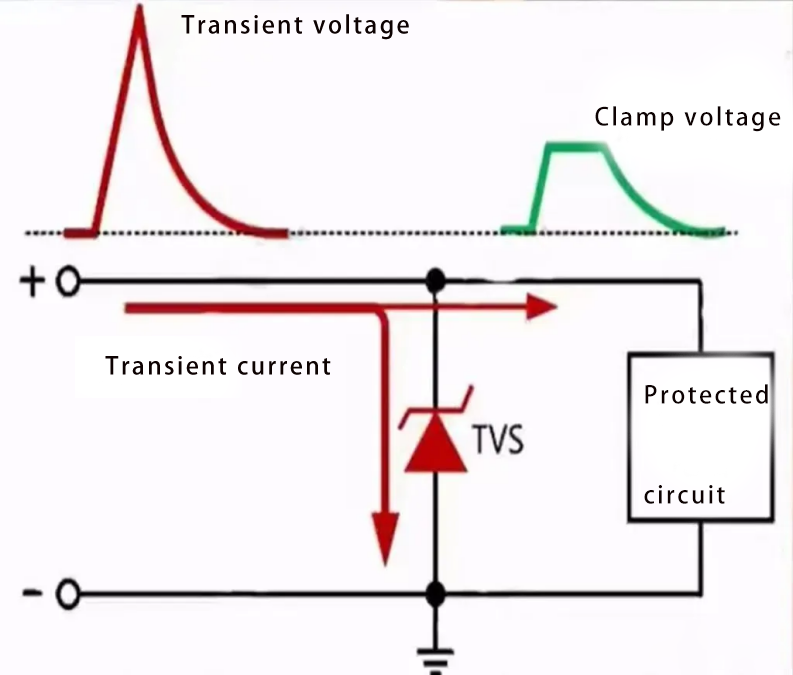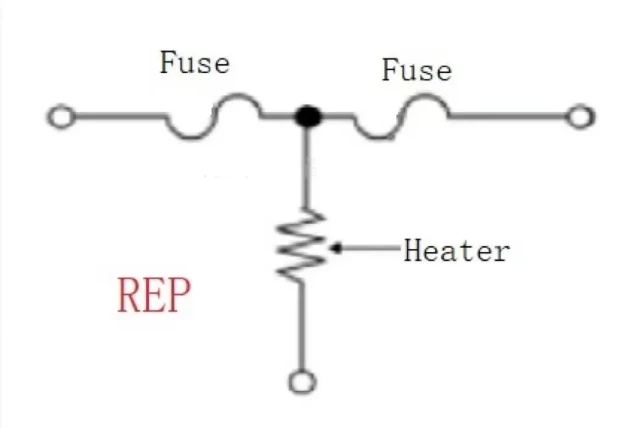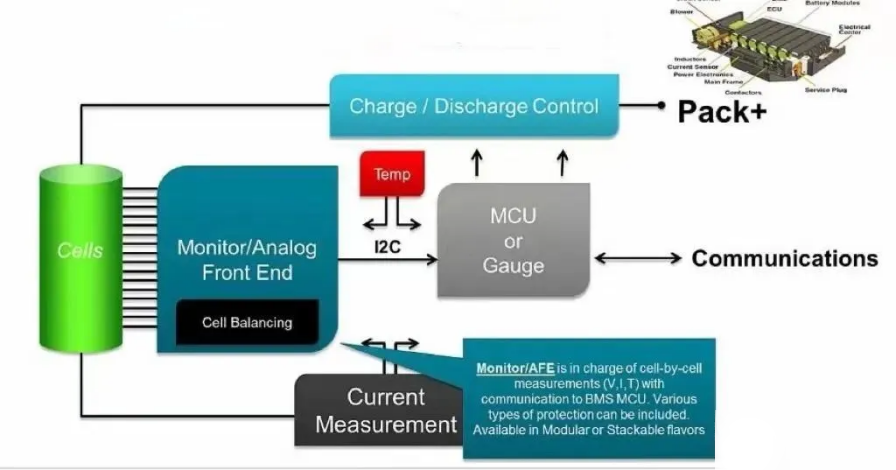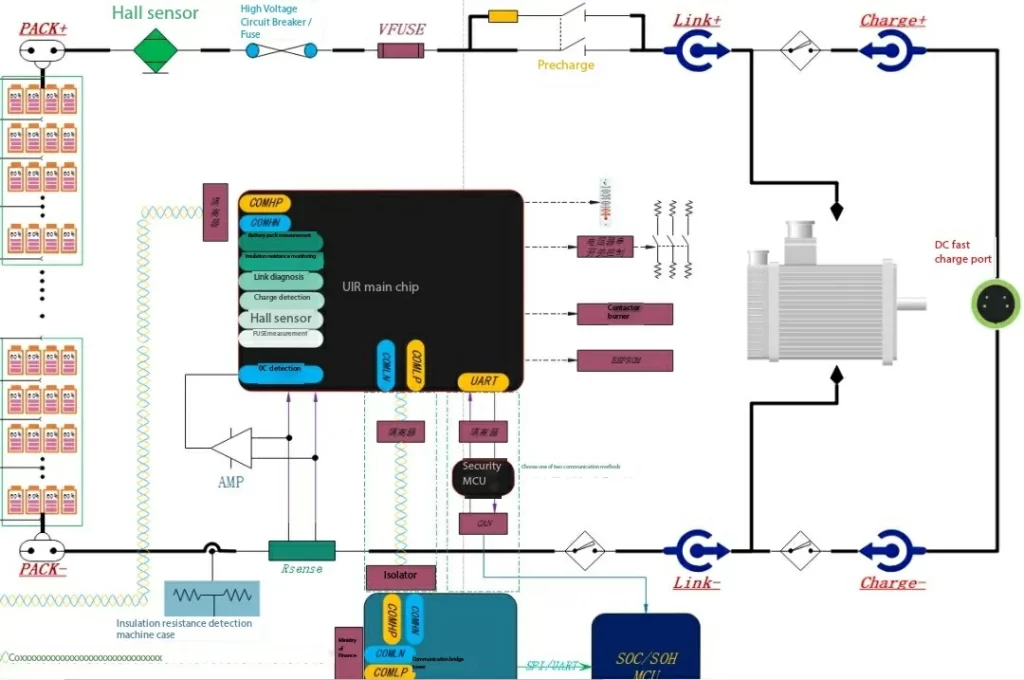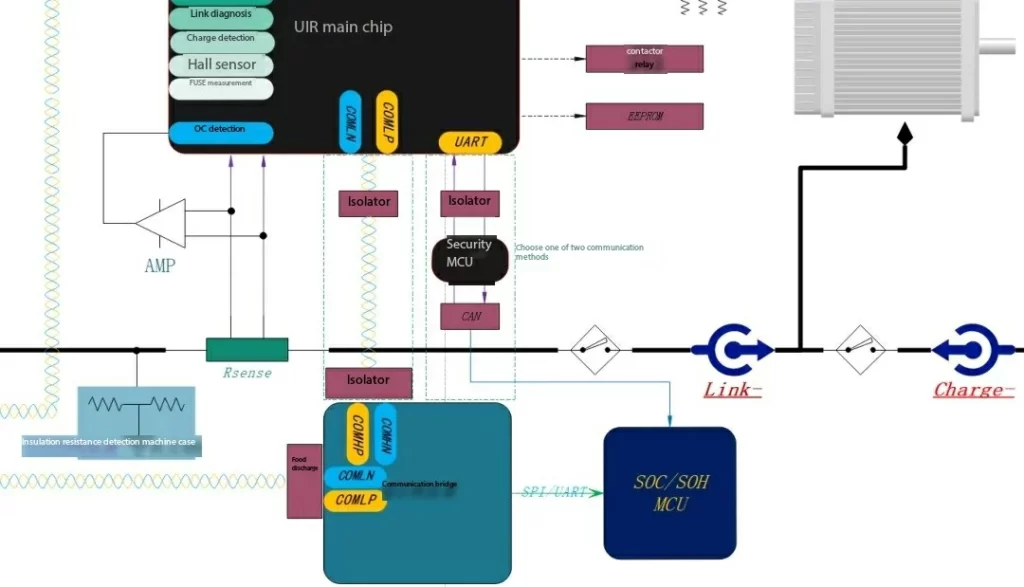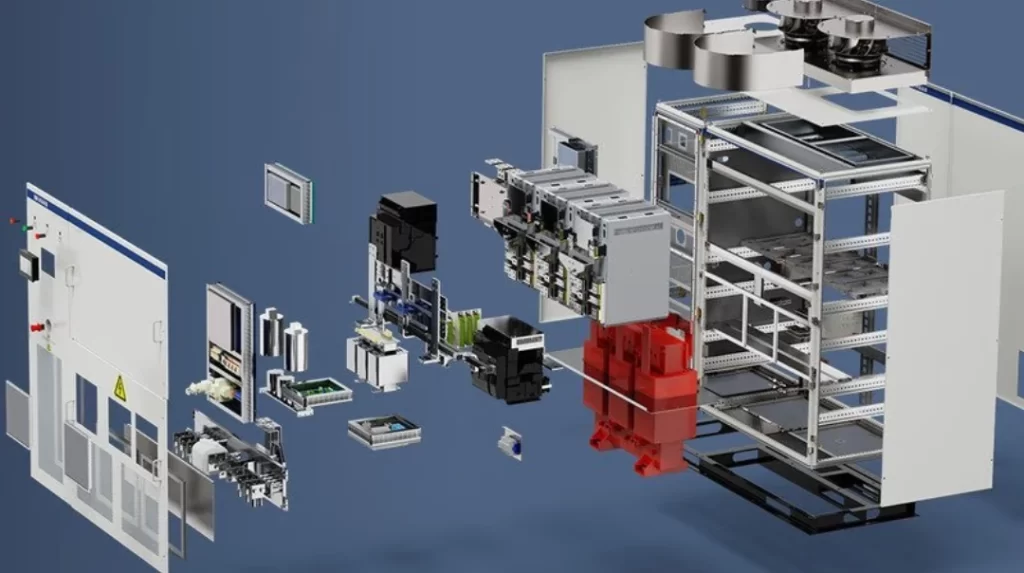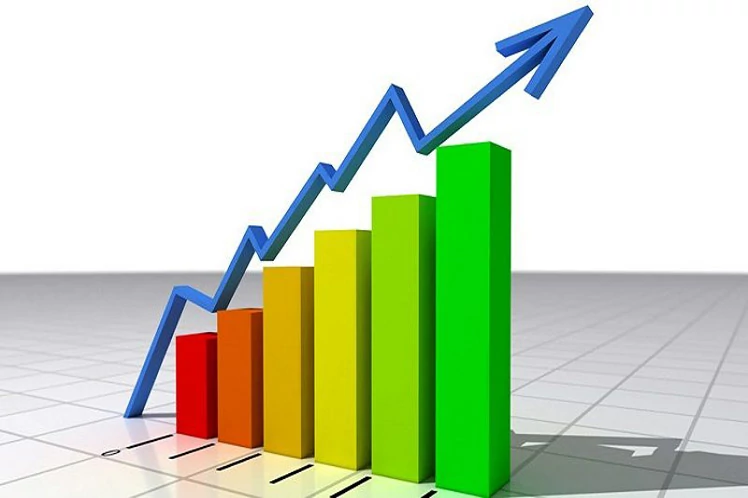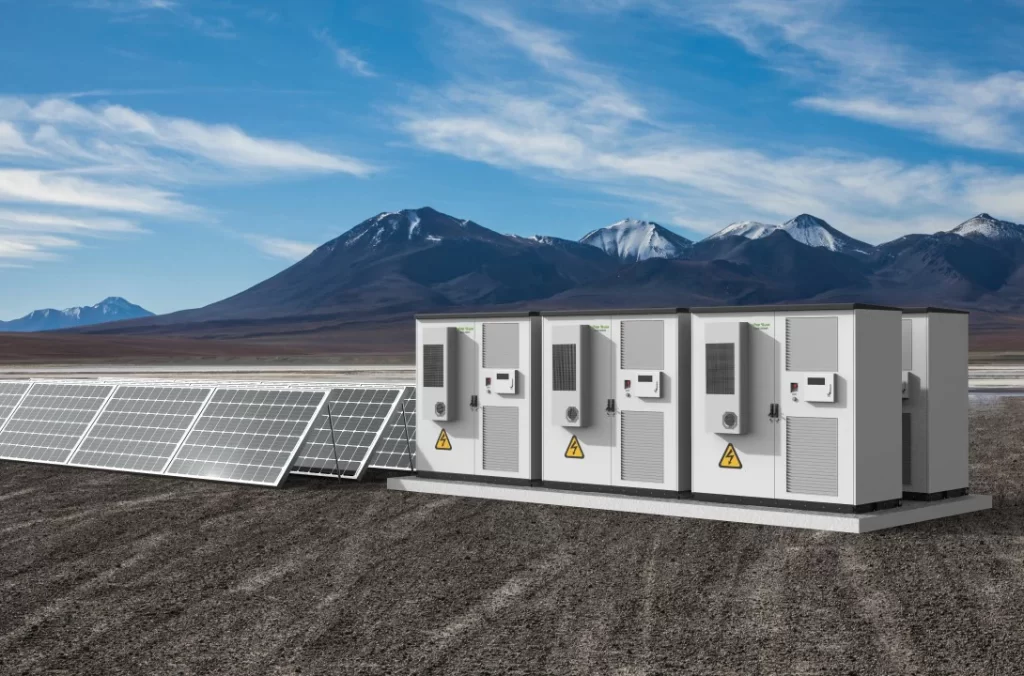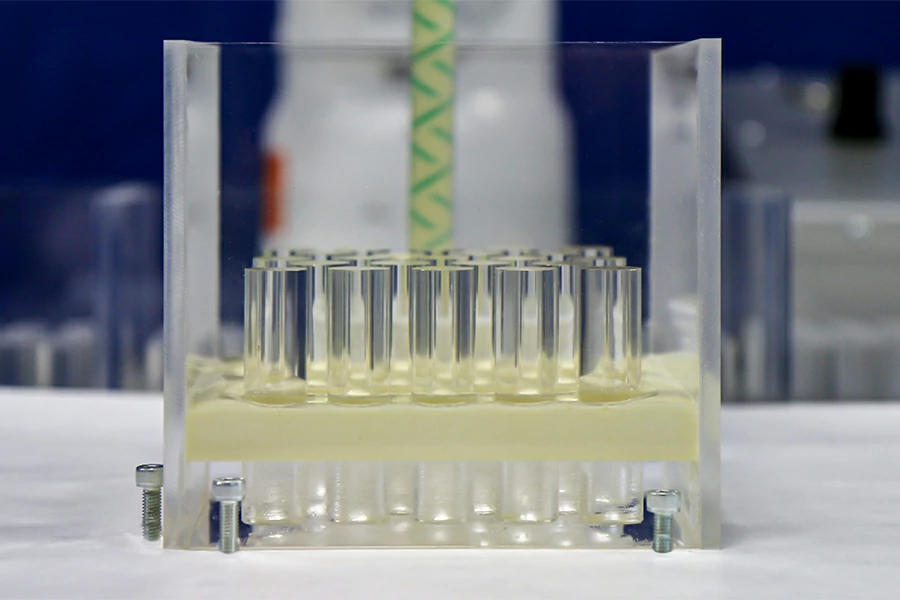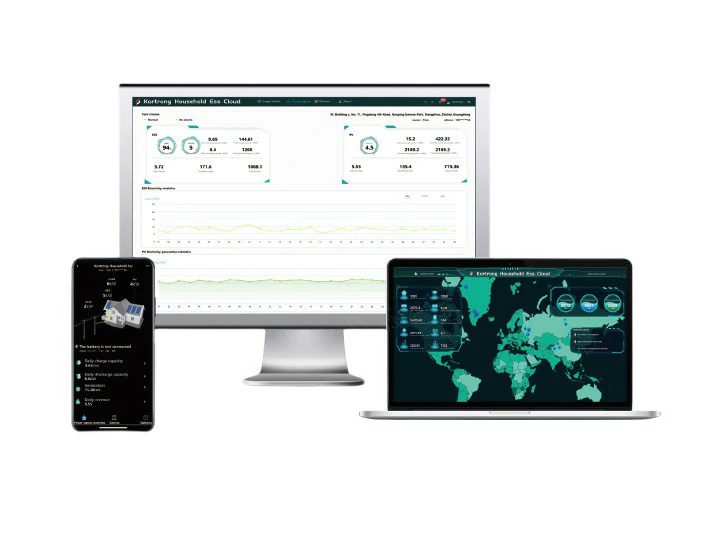Three-level protection circuit: NTC and TVS NTC thermistor Thermistor, as its name suggests, is extremely sensitive to heat and is a kind of variable resistor, mainly divided into PTC and NTC two kinds.PTC (Positive Temperature Coefficient thermistor), the higher the temperature, the greater the resistance, mainly used in mosquito killers, heaters and other products.NTC (Negative Temperature Coefficient thermistor) in contrast…
